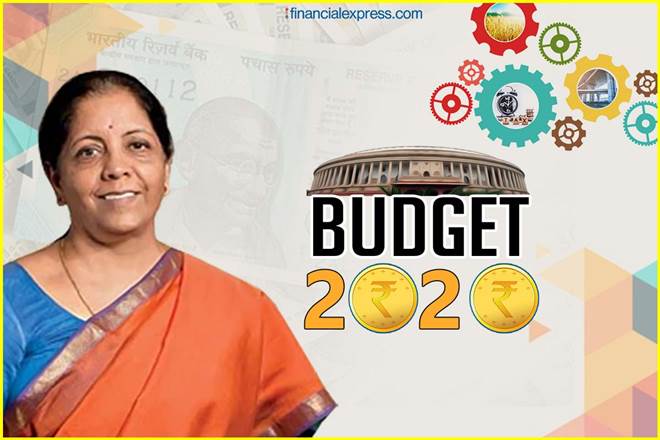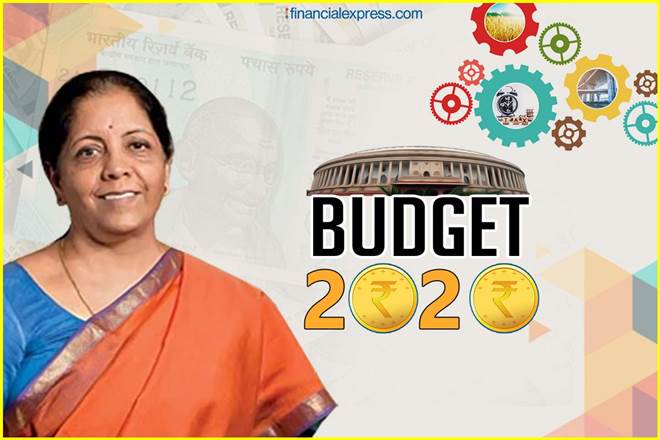
Union Budget 2020: Almost every Union Budget since the first one presented on November 26, 1947, immediately after independence, is preceded with both trepidation and hope. Since 1991, most budgets presented in Parliament have been preceded with increased hope from various stakeholders and a desire that the government will be sagacious, reformist, ambitious, and determined to give the economy the stimuli needed to improve the lives of its people and give the nation a chance to come closer to becoming a fully developed one. Unfortunately, most times, these hopes have been belied, even though the ruling party politicians and the babus advising them think otherwise. For a meaningful reality check about the pace, quality and impact of our own reforms, our politicians and bureaucrats only have to do a year-by-year comparison of growth of India versus the growth of China since 1991.
The Budget presented this time is no different. It was being presented against the backdrop of an unmistakable slowdown in growth of the economy, with just about every significant financial indicator showing stress (and most social indicators such as creation of higher quality jobs, universal access of much higher quality education and healthcare, etc, showing the still very significant gap between what is there versus what is needed). There was, therefore, a justifiable hope that the FM (and her government) will show some enlightened, reformist and bold thinking. Yet, a Budget speech lasting nearly three hours was disappointingly pedestrian, and the steps taken to pull the economy back on a much higher growth trajectory likely to be quite timid and incremental.
Measures to boost private consumption were highly anticipated. Unfortunately, as per the government’s own projections, the ‘relief’ given through tinkering with income thresholds for various personal income tax slabs would at best amount to Rs 40,000 crore.
In addition, some additional money could flow by way of dividends in the hands of small investors (high income investors will now pay more tax on dividend distributed to them), which may not be more than Rs 10,000 crore of the Rs 25,000 crore estimated by the government as revenue forgone by abolishing dividend distribution tax. Total private consumption in India in 2020 is estimated to be about $1,600 billion.
An additional Rs 50,000 crore (about $7 billion) in the hands of consumers is just about 0.4%, and even if all of this money is actually spent on goods and services, it can hardly be seen as any measurable push for economic growth.
There is also nothing remarkable in any of the measures announced that can give any significant boost to creation of more jobs and higher-paying jobs. Hence, it is very unlikely that a significant growth in private consumption could happen on account of more income in the hands of those finding jobs or finding better paying jobs.
This Budget is not likely to give any measurable boost to private consumption (and, therefore, to the fortunes of businesses engaged in production, distribution or retailing of consumer goods and services). The hope will now, as in the years and decades and centuries gone by, rest again on the rain gods and their benevolence!


